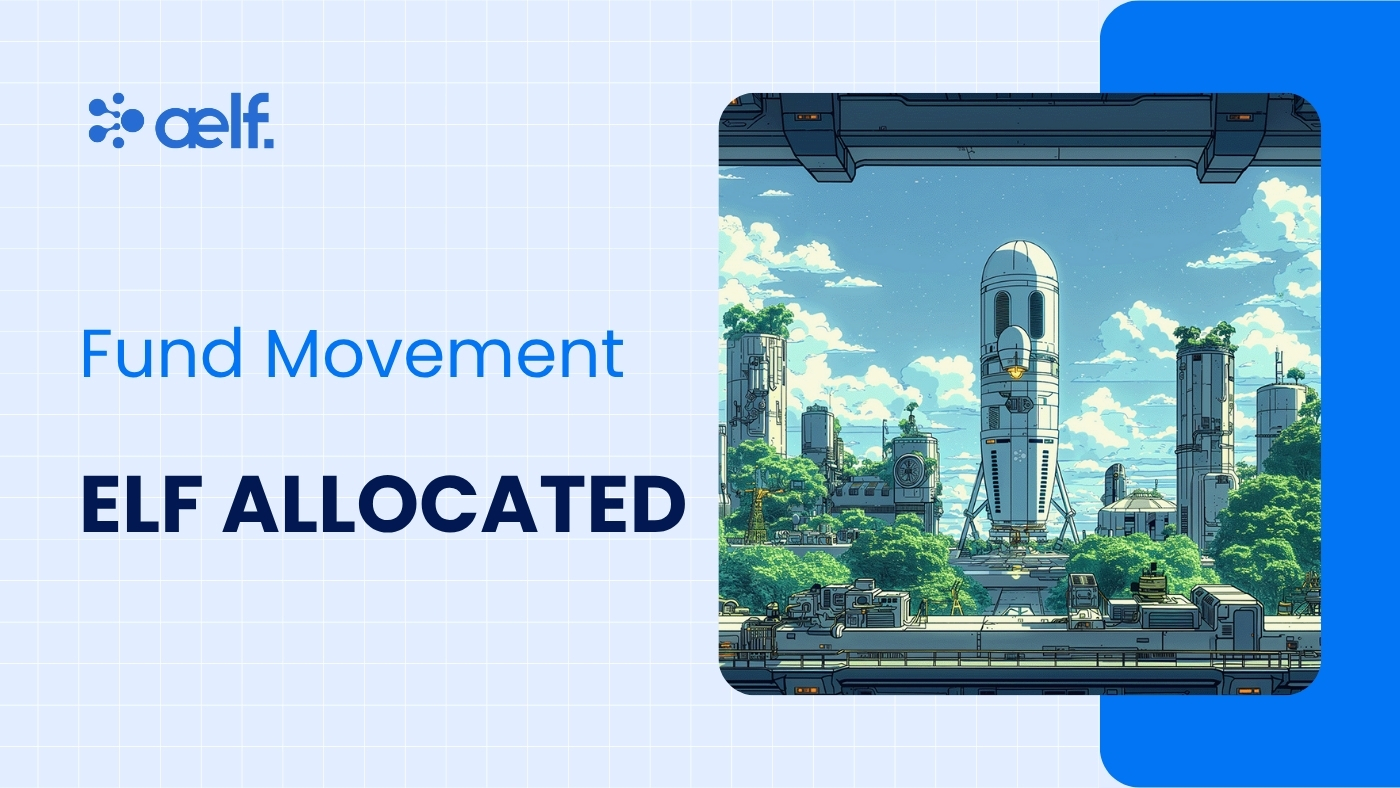Introduction to Bitcoin Mining
Bitcoin mining is the backbone of the Bitcoin network, ensuring transactions are securely validated while introducing new BTC into circulation. However, mining has evolved significantly—from mining with regular computers to requiring specialised hardware and optimised setups.
This guide breaks down the essentials, from selecting mining hardware to optimising costs and choosing between solo, pool, or cloud mining, in the Web3 AI space.
Understanding Bitcoin Mining
Bitcoin mining is a process where miners compete to solve complex mathematical puzzles, verifying transactions and adding them to the blockchain. The first miner to solve a puzzle earns Bitcoin as a reward.
This mining process operates under Proof-of-Work (PoW), requiring high computing power and energy consumption. Over time, mining difficulty increases, meaning successful mining demands specialised hardware and efficient operations.
Legal and Financial Viability
Before investing in mining, ensure it’s both legal and financially sustainable.
✅ Check legal status: Some countries restrict or ban Bitcoin mining (i.e. China, Algeria, Egypt), while others encourage it (i.e. Texas, Kazakhstan).
✅ Profitability analysis: Use mining profitability calculators like NiceHash or WhatToMine to estimate potential earnings, factoring in:
- Hardware efficiency (hash rate vs. power consumption).
- Electricity costs (mining farms often set up in low-cost energy regions).
- Bitcoin price volatility and mining difficulty.
Choosing the Right Mining Hardware
Bitcoin mining is no longer feasible with CPUs or GPUs—you need ASIC (Application-Specific Integrated Circuit) miners, designed solely for Bitcoin mining.
Best 2025 ASIC Miners:
Antminer S21 Pro – 234 TH/s, 3,510W
WhatsMiner M66S – 298 TH/s, 5,513W
Avalon A1566 – 150 TH/s, 3,225W
Hardware Selection Tips:
Higher Hash Rate (TH/s) = More Power to solve puzzles.
Better Energy Efficiency (J/TH) = Lower Running Costs.
Affordable Electricity Supply = Higher Profitability.
Setting Up Mining Infrastructure
To ensure efficient operations, your crypto mining setup must include:
Power supply: Hire an electrician to ensure sufficient power capacity for your miners
Cooling systems: ASIC miners generate a lot of heat, so install fans, liquid cooling, or immersion cooling to prevent overheating
Internet connection: Use a stable ethernet connection for uninterrupted mining
Security measures: Install cameras and monitoring systems to prevent theft or system failures
Setting Up a Bitcoin Wallet
Your crypto earnings need secure storage. Choose a trusted Bitcoin wallet:
{{bitcoin-mining}}
Always back up your private keys and keep them offline to prevent unauthorised access.
Installing Mining Software
Mining software connects your hardware to the Bitcoin network or a mining pool. Popular options:
CGMiner: Open-source, for advanced users
BFGMiner: Custom features and optimisation tools
NiceHash: Beginner-friendly, automates mining
After installation, configure your wallet address, pool details, and worker ID to start mining.
Choosing Your Mining Approach
Depending on your resources and goals, you can pick from the following mining strategies:
💻 Solo Mining: 100% of mining rewards if successful, but high difficulty makes it nearly impossible for individuals to profit
🤝 Pool Mining: Join a mining pool (F2Pool, Slush Pool, Antpool) to combine computational power and earn consistent rewards
☁️ Cloud Mining: Rent mining power from third-party providers instead of owning hardware
- Pros: No upfront cost for hardware or maintenance.
- Cons: Scams are common, and profitability depends on contract fees and market conditions. Do thorough research before investing.
Starting Operations and Optimisation
After setting up, follow these steps:
- Power on your ASIC miner.
- Monitor performance via mining software dashboards (hash rate, power usage, earnings).
- Perform routine maintenance (cleaning, firmware updates).
- Optimise costs and efficiency:
- Mine in regions with inexpensive electricity (i.e. Texas, Kazakhstan)
- Use renewable energy (solar or hydropower)
- Install immersion cooling to enhance efficiency and lifespan
Conclusion
Bitcoin mining requires careful research, financial planning, and optimisation if you're looking to profit from the trade. Beginners should start with a mining pool, secure earnings in a Bitcoin wallet, and monitor costs closely.

aelf blockchain, a layer 1 solution enhanced with AI, is engineered to help tackle scalability and security challenges that have long plagued the blockchain industry. By leveraging AI's capabilities, aelf optimises resource allocation, predicts network congestion, and enhances the security of smart contracts.
The aelf ecosystem boasts a diverse range of decentralised applications, including AwakenSwap, Portkey, and eTransfer, which leverage the platform's advanced capabilities. Supporting a variety of tokens, aelf's ecosystem embraces ELF, ETH, USDT, USDC, BNB, DAI, and SGR, providing users with ample options for transactions and investments.
In this new AI agentic era, aelf has also developed aevatar.ai, a cloud-native, no-code AI agent framework. Developers and users can easily integrate intelligent automation into Web3 applications—whether for DeFi, gaming, or enterprise solutions. It is powered by leading large language models (LLM) such as ChatGPT, Claude, and DeepSeek.
Explore the next evolution in Web3 with AI-powered blockchain agents today.
Download the white paper → Click here
*Disclaimer: The information provided on this blog does not constitute investment advice, financial advice, trading advice, or any other form of professional advice. aelf makes no guarantees or warranties about the accuracy, completeness, or timeliness of the information on this blog. You should not make any investment decisions based solely on the information provided on this blog. You should always consult with a qualified financial or legal advisor before making any investment decisions.
About aelf
aelf, an AI-enhanced Layer 1 blockchain network, leverages the robust C# programming language for efficiency and scalability across its sophisticated multi-layered architecture. Founded in 2017 with its global hub in Singapore, aelf is a pioneer in the industry, leading Asia in evolving blockchain with state-of-the-art AI integration to ensure an efficient, low-cost, and highly secure platform that is both developer and end-user friendly. Aligned with its progressive vision, aelf is committed to fostering innovation within its ecosystem and advancing Web3 and AI technology adoption.
For more information about aelf, please refer to our Whitepaper V2.0.
Stay connected with our community:
Website | X | Telegram | Discord



